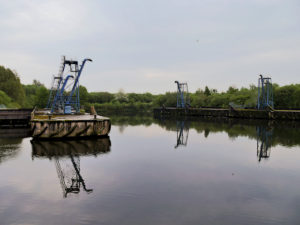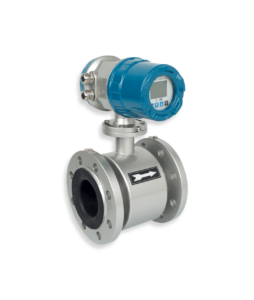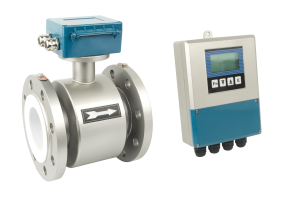INTRODUCTION
Although the Earth is 71% water, only about 3% of that is freshwater that can be used for growing crops, animals, industrial use, and for human consumption as the rest is too salty. Therefore, the demand for freshwater by both humans, livestock, and wild animals is chiefly caused by the explosive rise of the human population. This—the continuous rise of the human population—is responsible for the conversion of the natural environment into construction lands including environmental wetlands.
The direct effect of the conversion of the natural environment to construction lands brought an unsolicited problem—freshwater degradation, while the demand placed on the planet’s freshwater continued to be on the increase.
To put this into context, over 5 million souls are lost every year because of poor quality water, not to mention the over 33% of the global population that is currently facing or have faced the moderate water stress facing the world presently. By the year 2025, it is propounded that the stress being subjected to the freshwater of Earth would affect as many as 2.3 billion people, and would increase to at least one-fourth of the world’s entire population by the year 2050.
In poor, developing, and underdeveloped countries where sewerage systems are either non-existent or partially available, human excreta are on a norm disposed of in on-site systems like septic tanks (STT), cesspools, and pit latrines, the fecal sludge (FS) produced in this units require periodic evacuation. It has features such as high solids, organic and enteric microorganism content, often large quantities of grit and grease, a great capacity to foam upon agitation, and often poor settling and dewatering characteristics (Polprasert et al. 1998).
The discharge of these untreated sludge to watercourses or on land has the potential of degrading and polluting the environment, causing public health risks and generating an odor nuisance (Strauss et al, 1997)
Subsurface flow wetlands such as Reed Bed Systems (RBS) are biological wastewater treatment systems constructed to mimic the operations of natural wetlands, it requires low investment, operational, and maintenance costs—this is achieved by cultivating the emergent plants (such as reeds, bulrushes, and cattails) on growing media, and maintain ecological values (Kadlec et al, 2000; Yoon et al, 2001).
The Common Reed (Phragmites Australis.) can transfer oxygen from its leaves down through the stem and out through its root system in the gravel bed. This is a trigger that encourages the growth and expansion of micro-organisms that digest the pollutants in sewage, thereby making them colonize the area.
The early types of Reed Bed Sewage Treatment systems used the horizontal flow type of reed bed, where the liquid flows horizontally through the bed, though these had several issues and some severe problems making them be largely replaced by other types.
TYPES OF REED BEDS
Over the last 25 years, humans have been able to invent three distinct types of systems for the treatment of wastewater and effluent.
- Horizontal flow reed-beds
- Vertical flow reed-beds
- Down-flow reed-beds.
THE ELECTROMAGNETIC FLOWMETER APPLICATION
The electromagnetic flowmeter is designed, engineered, and manufactured that is specifically tailored for wastewater treatment plants’ needs. There are the further modified ones that have an intelligent electromagnetic flowmeter which consists of two parts; sensor and converter.
It works based on Faraday’s law of magnetic induction, it is a speed meter that measures the volume flow of conductive liquids. In addition to measuring the volume flow rate of strong corrosive liquids such as strong acid and alkali, and uniform liquid-solid two-phase suspension liquids such as mud, slurry, sewage, and pulp.
PRODUCT FEATURE
- The electromagnetic flowmeter is not affected by adverse changes in fluid density, temperature, pressure, viscosity, and conductivity as these do not have any effects on the measurement readings.
- The measurement is uniquely adapted to slurry substances as the electromagnetic flowmeter happens to not suffer any loss of pressure and has reduced requirements for straight pipelines as this is brought about by having no obstructive components within the measuring tube.
- The resistance against the forces of corrosion, wear, and tear is remarkable, with the added advantage of enhancements in the choice of electrodes to improve readings.
- Most electromagnetic flowmeters are installed with ultra-low EMI switching power supply, which suits a wide range of power supply voltages while having great EMI resistance.
CONCLUSION
The demand for clean fresh water has led to some really impressive innovations especially the conversion of sewage wastewater into ready-to-use clean water. The Reed Bed water treatment system brings an added dimension to match the demand for clean water.
To help out with the cause, the electromagnetic flowmeter and its unique innovation and adaptability help the treatment process by providing very dependable data on the flow, viscosity levels, and sludge contents of the flowing liquids. Whiles its high resistance to acids, alkali, extreme temperatures make it the go-to tool by a lot of industries and now the Reed Bed Water Treatment industry.




